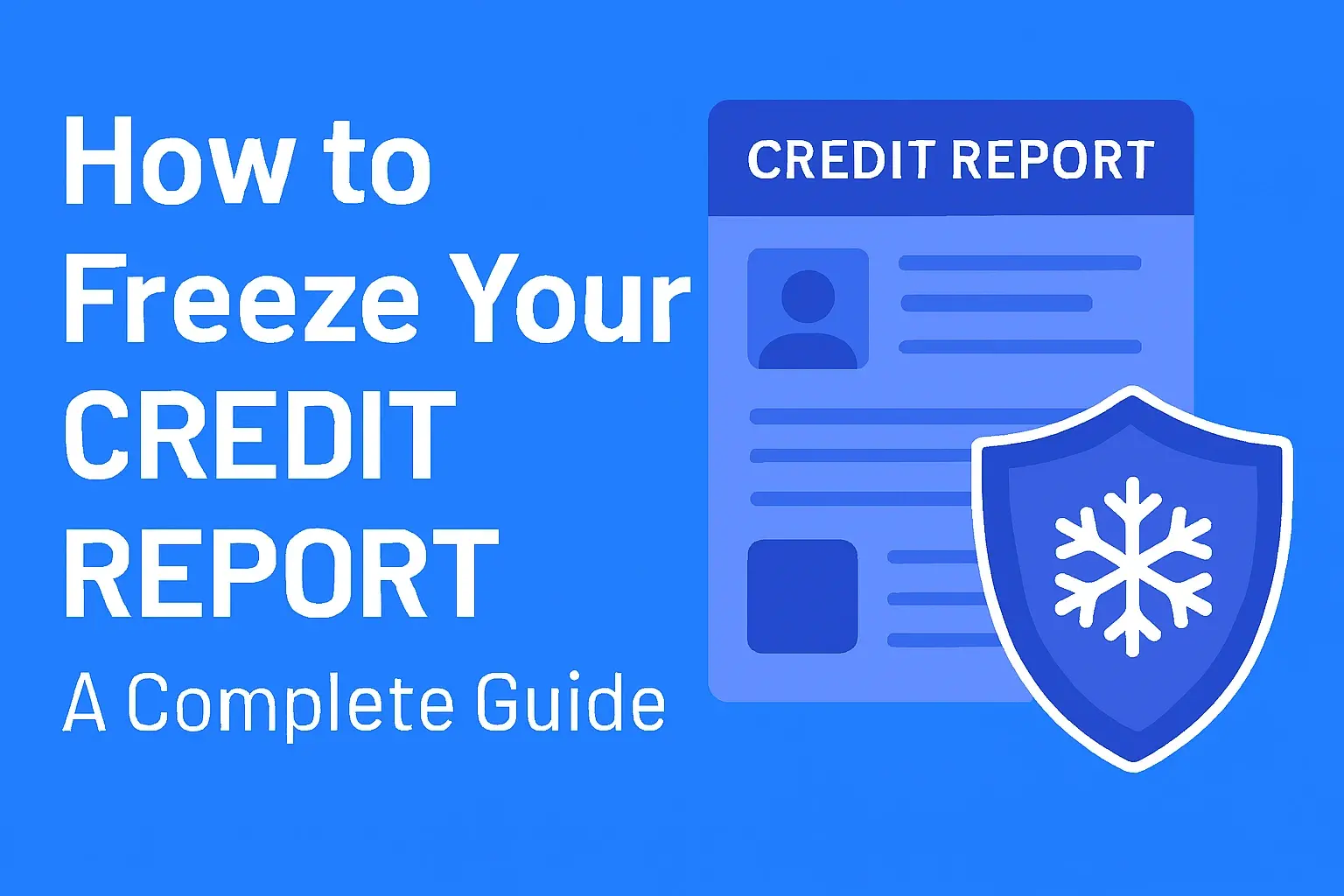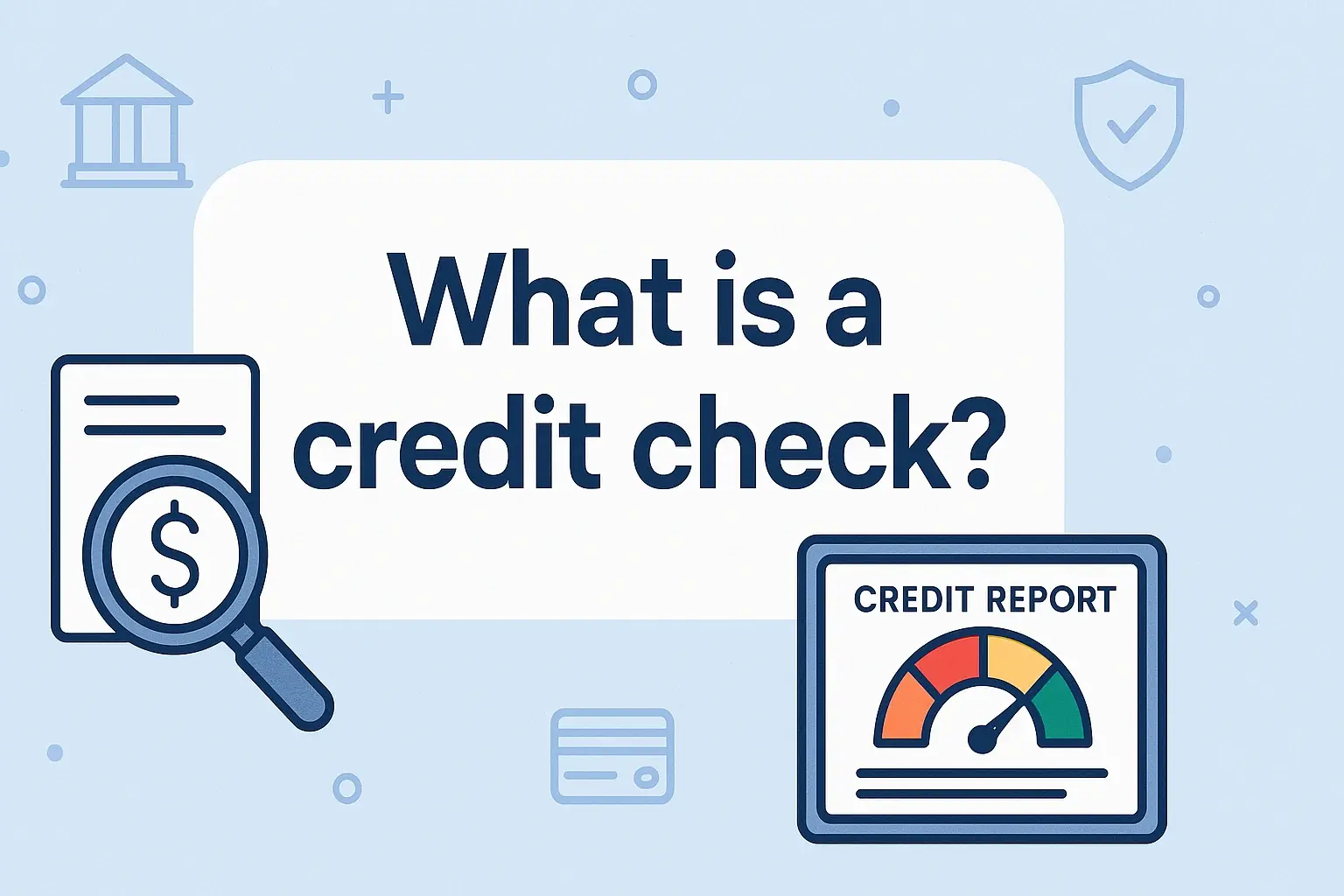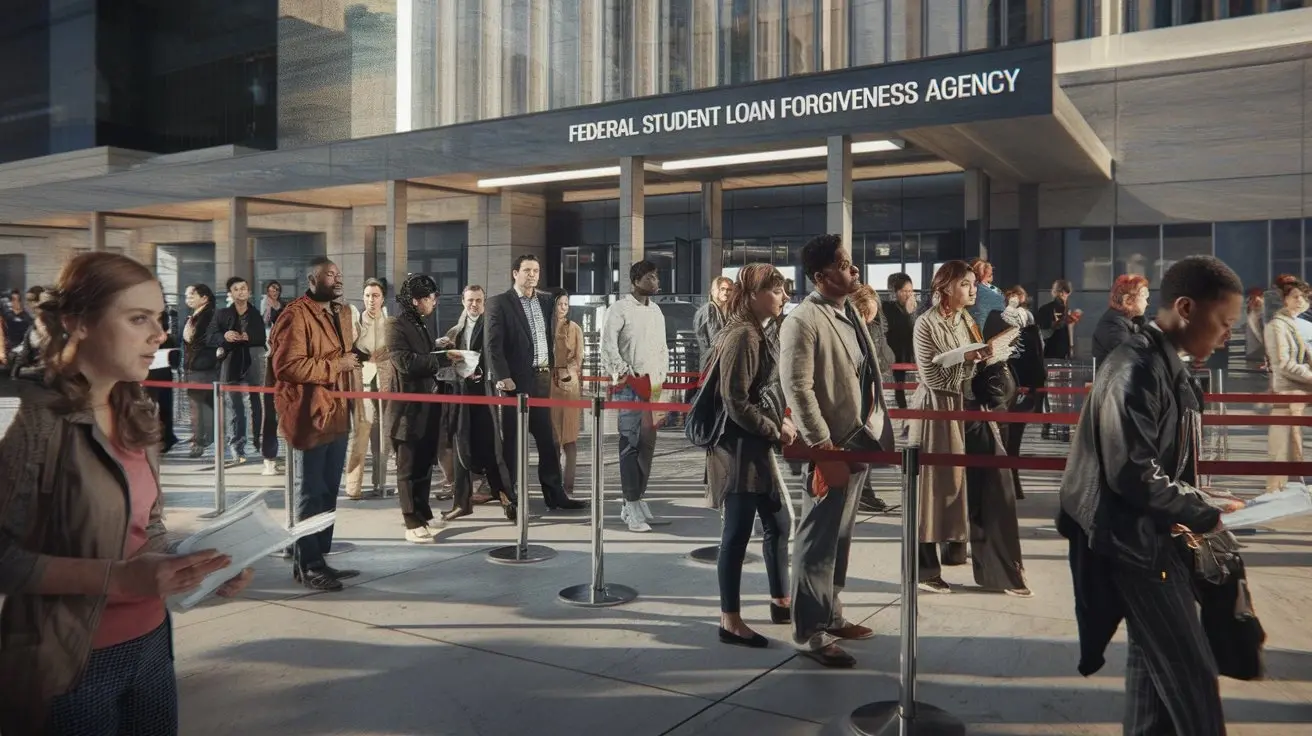-
Posted on: 23 Jul 2024

-
A poor credit score can significantly impact your financial life, affecting everything from loan interest rates to rental applications. Many people believe that credit repair requires expensive professional services, but the truth is that you can often repair your credit yourself with the right knowledge and dedication. This comprehensive guide will walk you through the steps you can take to improve your credit score and achieve financial freedom.
Understanding Your Credit and the Importance of a Good Score
Before diving into the repair process, it's crucial to understand what your credit score is, how it's calculated, and why it matters.
What is a Credit Score?
A credit score is a three-digit number that represents your creditworthiness. It's based on your credit history and is used by lenders to assess the risk of lending you money. The most commonly used scoring models are FICO and VantageScore.
Factors Affecting Your Credit Score
Several factors influence your credit score, including:
- Payment History (35%): This is the most important factor. Paying your bills on time is crucial.
- Amounts Owed (30%): How much you owe compared to your credit limits is also significant. Aim to keep your credit utilization low (below 30%).
- Length of Credit History (15%): The longer you've had credit accounts, the better.
- Credit Mix (10%): Having a mix of different types of credit (e.g., credit cards, installment loans) can be beneficial.
- New Credit (10%): Opening too many new accounts in a short period can negatively impact your score.
Why a Good Credit Score Matters
A good credit score can help you:
- Get Approved for Loans and Credit Cards: Lenders are more likely to approve your application with a good credit score.
- Secure Lower Interest Rates: A good score can save you thousands of dollars in interest over the life of a loan.
- Rent an Apartment: Landlords often check credit scores as part of the application process.
- Get Better Insurance Rates: Some insurance companies use credit scores to determine premiums.
- Avoid Security Deposits: Utility companies and cell phone providers may waive security deposits for customers with good credit.
Step-by-Step Guide to DIY Credit Repair
Now that you understand the importance of credit scores, let's explore the steps you can take to repair your credit yourself.
Step 1: Obtain Copies of Your Credit Reports
The first step is to get copies of your credit reports from all three major credit bureaus: Experian, Equifax, and TransUnion. You are entitled to a free credit report from each bureau once a year through AnnualCreditReport.com. Reviewing all three ensures you catch any discrepancies that might only appear on one report.
Step 2: Carefully Review Your Credit Reports for Errors
Go through each credit report line by line, looking for any errors, inaccuracies, or outdated information. Common errors include:
- Incorrect Personal Information: Misspelled names, incorrect addresses, or outdated contact information.
- Accounts You Don't Recognize: Accounts that you never opened or authorized.
- Incorrect Account Balances: Balances that don't match your records.
- Duplicate Accounts: The same account listed multiple times.
- Incorrect Payment History: Late payments that you paid on time, or accounts marked as delinquent when they're current.
- Accounts Listed Multiple Times: Sometimes the same debt can be listed twice, artificially lowering your score.
- Discharged Debts Not Marked as Such: Debts discharged in bankruptcy should be noted as such.
Step 3: Dispute Errors with the Credit Bureaus
If you find any errors, you need to dispute them with the credit bureaus. You can do this online, by mail, or by phone. However, disputing by mail is generally recommended, as it provides a paper trail. Each credit bureau has its own dispute process. Here's a general outline:
- Write a Dispute Letter: Clearly explain the error and why you believe it's incorrect. Include copies of any supporting documentation, such as payment records, account statements, or legal documents. Never send original documents; only copies.
- Send the Dispute Letter via Certified Mail: This provides proof that the credit bureau received your dispute.
- Follow Up: The credit bureaus have 30 days to investigate your dispute. They will contact the creditor and review the information. They must notify you of the results of their investigation.
Here's a sample dispute letter template:
[Your Name] [Your Address] [Your Phone Number] [Your Email Address] [Date] [Credit Bureau Name] [Credit Bureau Address] Subject: Credit Report Dispute To Whom It May Concern: I am writing to dispute the following information on my credit report: * Account Name: [Account Name] * Account Number: [Account Number] * Specific Error: [Describe the error clearly. For example, "This account is listed as delinquent, but I have always paid on time. I have attached copies of my payment records as proof."] I am requesting that you investigate this matter and correct the error on my credit report. Thank you for your time and attention to this matter. Sincerely, [Your Signature] [Your Typed Name]
Step 4: Dispute Directly with the Creditor
In addition to disputing with the credit bureaus, you can also dispute the error directly with the creditor or debt collector. This can sometimes be a faster way to resolve the issue. Follow the same process as disputing with the credit bureaus: write a letter explaining the error, include supporting documentation, and send it via certified mail.
Step 5: Negotiate with Creditors
If you have legitimate debts that you're struggling to pay, consider negotiating with your creditors. You may be able to negotiate a lower interest rate, a payment plan, or a settlement for less than the full amount owed. Here are some negotiation strategies:
- Debt Settlement: Offer to pay a lump sum in exchange for the creditor forgiving the remaining debt. Be aware that debt settlement can negatively impact your credit score, but it may be a better option than defaulting on the debt. Make sure to get any settlement agreement in writing before making a payment.
- Payment Plans: Ask the creditor if you can set up a payment plan to make smaller, more manageable payments over time.
- Hardship Programs: Some creditors offer hardship programs for customers facing financial difficulties. These programs may include temporary interest rate reductions or payment deferrals.
Remember to document all communication with creditors and get any agreements in writing.
Step 6: Build a Positive Credit History
Repairing your credit isn't just about removing negative items; it's also about building a positive credit history. Here are some ways to do that:
- Pay Your Bills on Time: This is the most important factor in your credit score. Set up automatic payments to ensure you never miss a due date.
- Keep Credit Utilization Low: Aim to keep your credit card balances below 30% of your credit limits. Ideally, keep them below 10%.
- Become an Authorized User: If you have a friend or family member with a good credit history, ask if you can become an authorized user on their credit card. This can help you build credit without having to open a new account.
- Apply for a Secured Credit Card: A secured credit card requires you to put down a security deposit, which serves as your credit limit. Using a secured credit card responsibly can help you build credit.
- Consider a Credit Builder Loan: These loans are designed to help people with little or no credit history build credit. You make payments on the loan, and the lender reports your payment history to the credit bureaus.
Step 7: Monitor Your Credit Regularly
Continue to monitor your credit reports regularly to ensure that your credit information is accurate and up-to-date. You can sign up for free credit monitoring services through websites like Credit Karma or Credit Sesame, or pay for a subscription to a more comprehensive credit monitoring service.
Things to Avoid When Repairing Your Credit
There are several common mistakes people make when trying to repair their credit. Avoid these pitfalls:
- Paying Off Collections Accounts Without Negotiation: Paying off a collection account doesn't automatically remove it from your credit report. It will still show as a paid collection, which can still negatively impact your score. Always try to negotiate a "pay-for-delete" agreement before paying a collection account.
- Closing Old Credit Card Accounts: Closing old credit card accounts can reduce your overall credit limit and increase your credit utilization ratio, which can negatively impact your credit score.
- Opening Too Many New Accounts: Opening too many new accounts in a short period can make you look like a risky borrower and lower your credit score.
- Ignoring Debt: Ignoring debt will only make the problem worse. Creditors may eventually sue you for the debt, which can result in a judgment against you and further damage your credit.
- Using Credit Repair Companies That Make Unrealistic Promises: Be wary of credit repair companies that promise to remove all negative items from your credit report or guarantee a specific credit score improvement. These companies often charge high fees and may not be able to deliver on their promises. Many of the services they offer you can do yourself for free.
Dealing with Specific Types of Negative Items
Charge-Offs
A charge-off occurs when a creditor writes off a debt as a loss, usually after several months of non-payment. The debt still exists, and the creditor can still try to collect it. You can try to negotiate a settlement or payment plan with the creditor to resolve the charge-off.
Collections Accounts
Collections accounts are debts that have been turned over to a collection agency. You can try to negotiate a "pay-for-delete" agreement with the collection agency, where they agree to remove the account from your credit report in exchange for payment. Get this agreement in writing before paying.
Late Payments
Late payments can stay on your credit report for up to seven years. If you have a good payment history with a creditor, you can try writing a "goodwill letter" asking them to remove the late payment from your credit report. Explain the circumstances that led to the late payment and emphasize your commitment to paying on time in the future.
Bankruptcies
Bankruptcies can stay on your credit report for up to 10 years. While you can't remove a bankruptcy from your credit report, you can start rebuilding your credit after bankruptcy by following the steps outlined above, such as paying your bills on time and keeping your credit utilization low.
Judgments and Liens
Judgments and liens are legal claims against you for unpaid debts. If you pay off a judgment or lien, it will be updated on your credit report to show that it has been satisfied. You may also be able to have a judgment vacated or set aside if it was obtained improperly.
Conclusion
Repairing your credit yourself is possible with patience, persistence, and a thorough understanding of the process. By following the steps outlined in this guide, you can identify and dispute errors on your credit reports, negotiate with creditors, and build a positive credit history. Remember to be consistent and proactive, and you'll be well on your way to achieving your financial goals.











